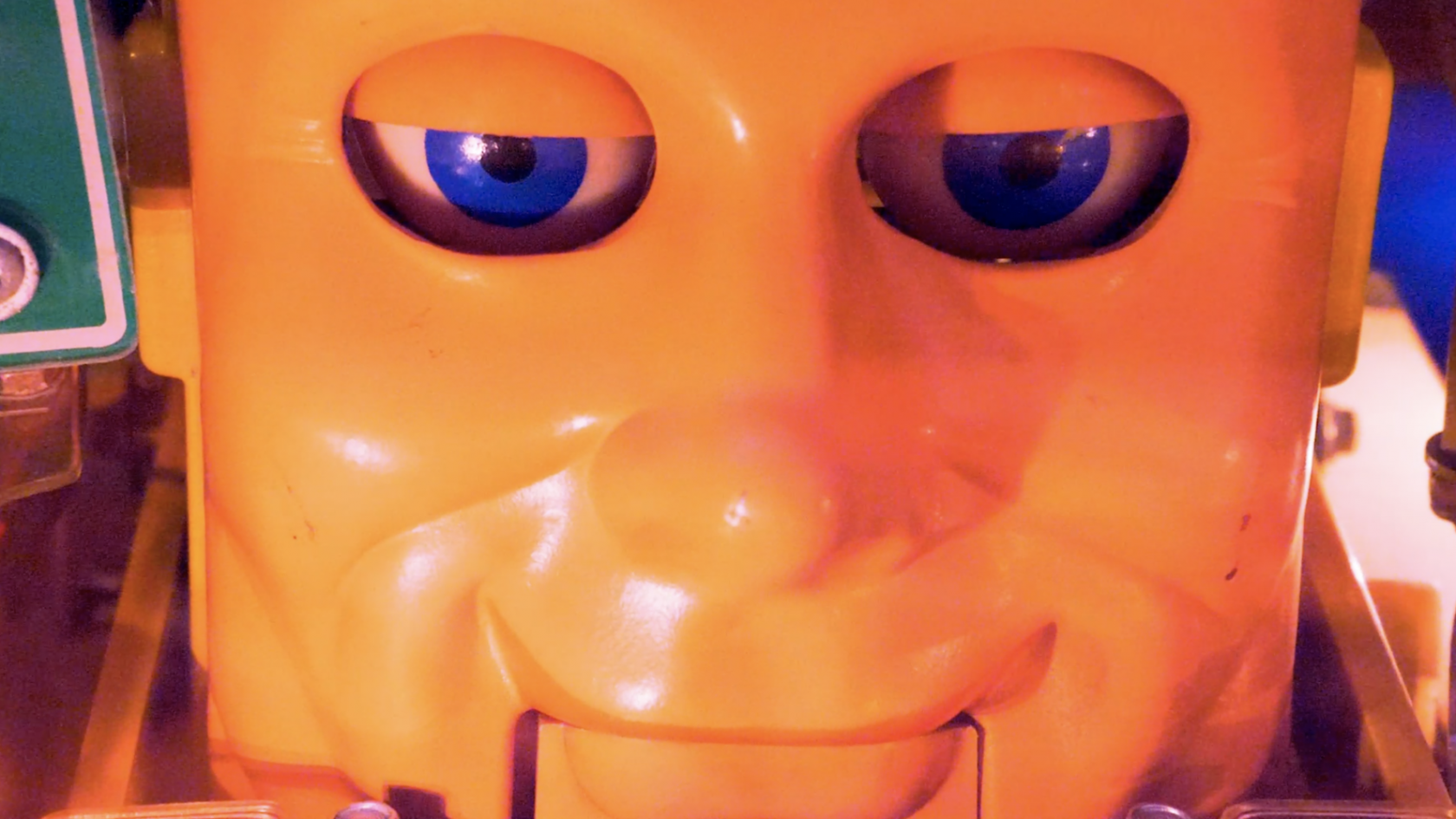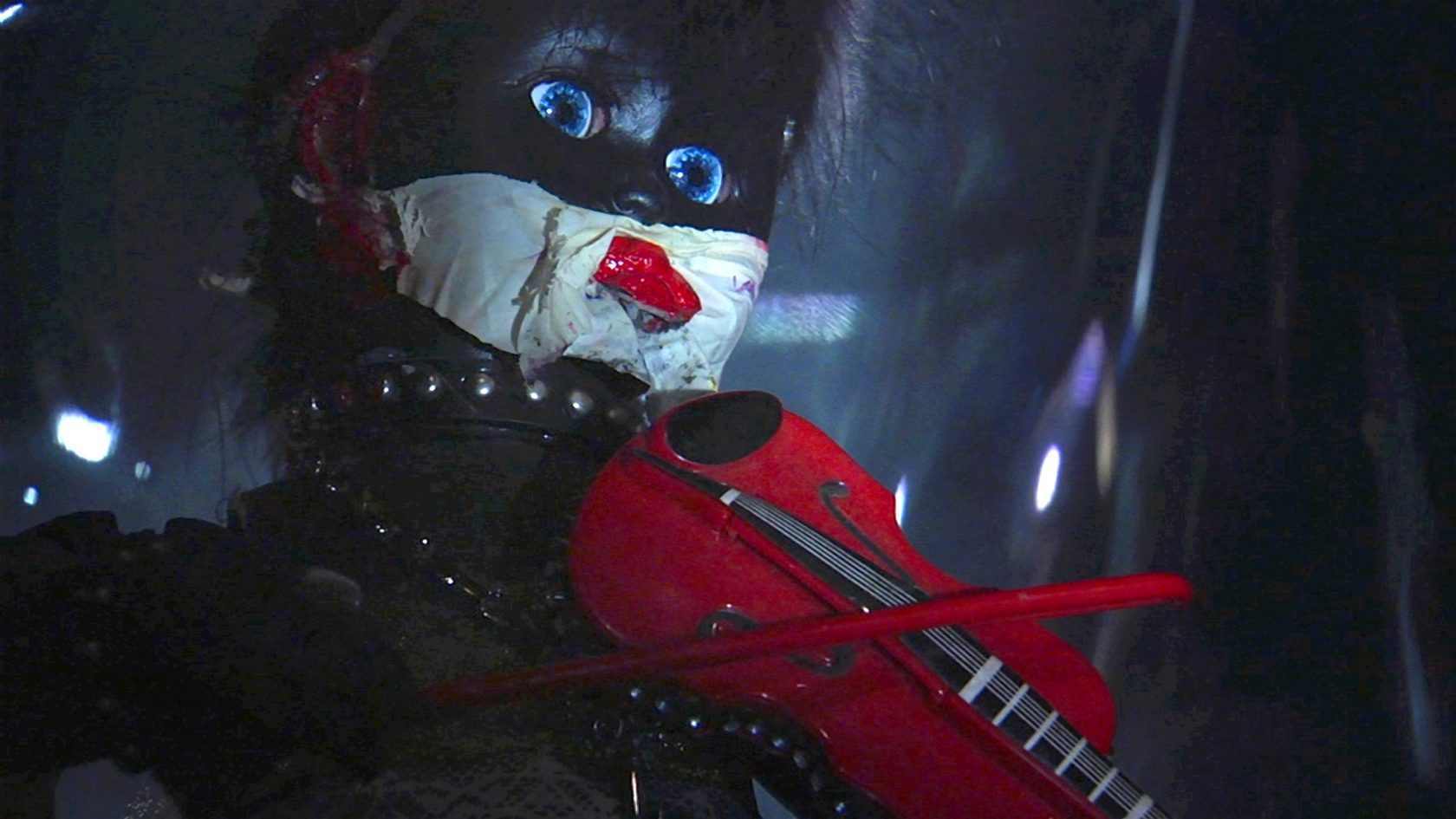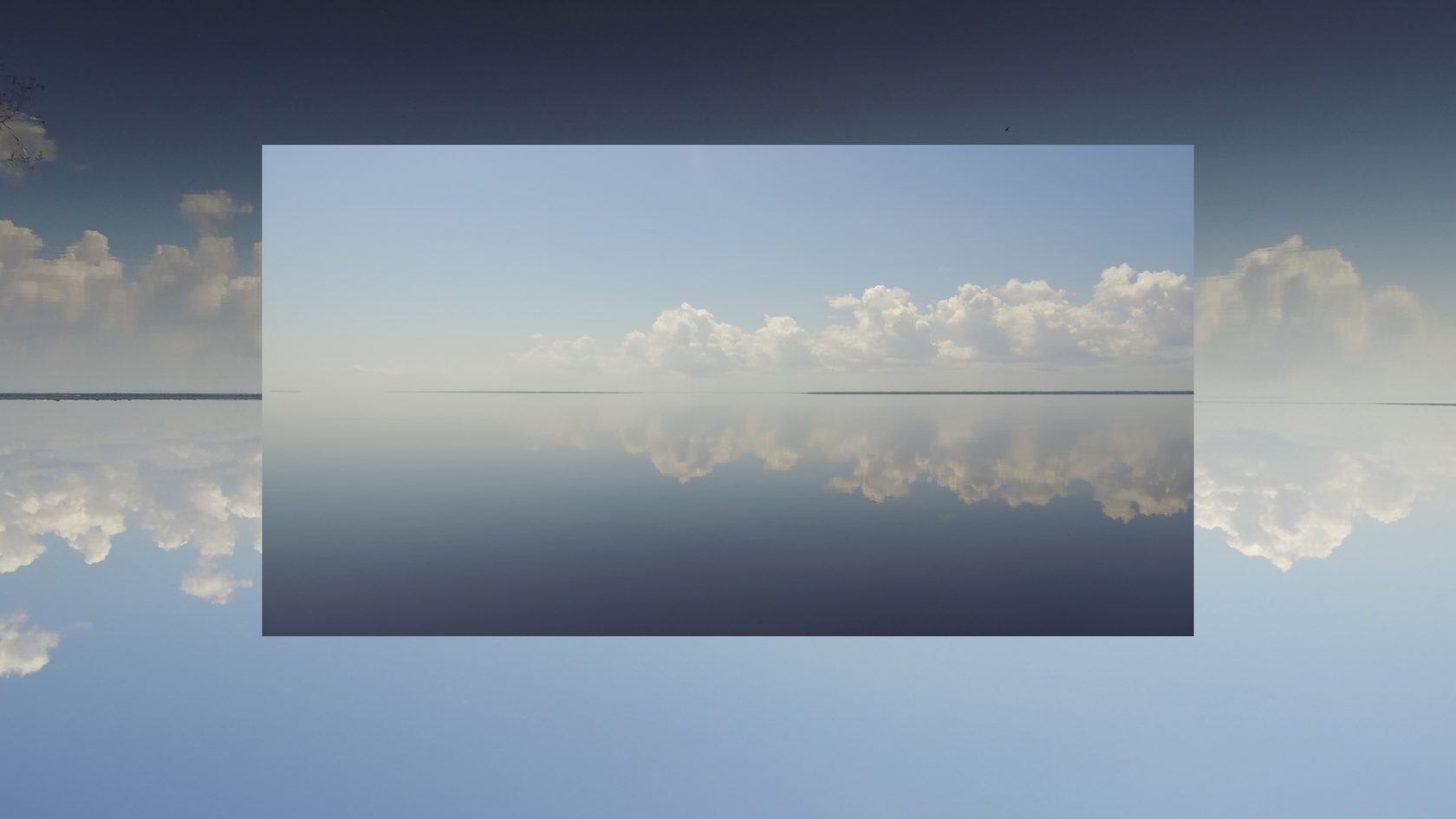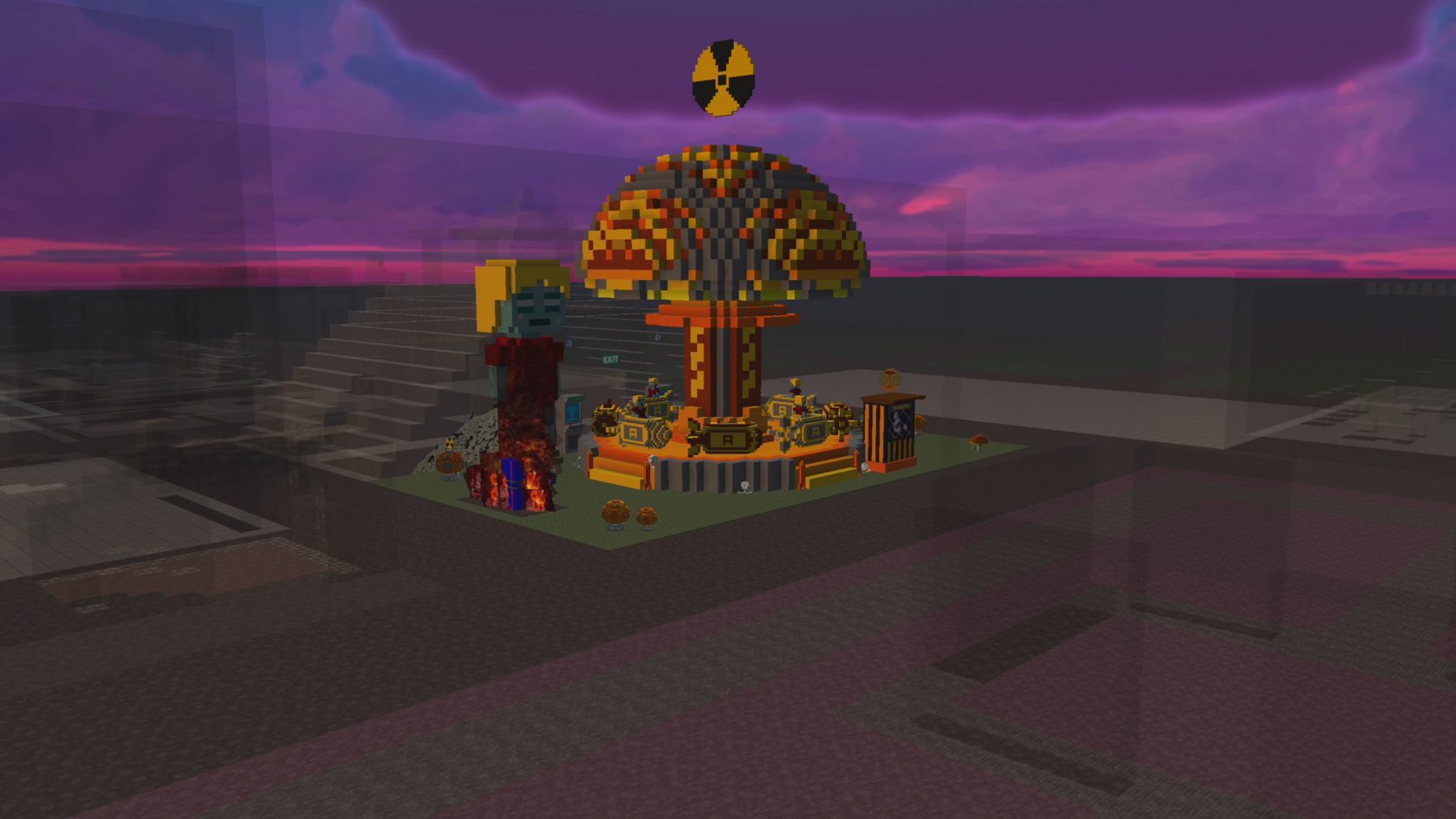The Crosses of Digital Landscapes, September, 2025
The Cyland Video Archive program presents a compelling exploration of the theme “The crosses of digital landscapes” through a diverse collection of artistic works. A prominent theme across these pieces is the intricate relationship between humanity, technology, and the natural world. particularly how digital tools can mediate or even imagine unmediated interactions with the natural world, often reflecting humanity’s impact on the environment. This includes a focus on how natural data inscriptions record ecological changes, paralleling the digital archiving of human information.
Another significant trend is the examination of human experience within post-industrial and digitally influenced societies. This encompasses research into how individuals are affected by controlling systems and ideologies, as well as explorations of concepts like “country” as a community deeply tied to its environment and shared history. Artists also delve into social interaction, processes of self-identification, and the broader concept of “humanity”. The use of advanced AI tools to create fantastical realms and blur the lines between reality and imagination.
Furthermore, the program highlights the role of digital spaces as dynamic platforms for artistic expression and critical commentary. This includes the creation of virtual environments that can transform unsettling realities, like post-nuclear landscapes, into new cultural experiences blending fear, satire, and game design.
The program also showcases collaborative projects that merge experimental cinema with documentary and archival practices. Underlying these explorations are often deeply personal narratives, illustrating internalized trauma and torment, yet also celebrating life-affirming aspects like feminine power and its connection to the mysterious and sensual.
These works demonstrate the rich interplay between digital innovation, ecological awareness, social introspection and individual expression within contemporary artistic practice.
- Alexandra Lerman’s Three Time, for instance, envisions nature and technology interacting without human intervention, depicting a disembodied viewpoint through drone footage of the Amazon rainforest. The work highlights how natural data, like tree rings, record ecological distress—mirroring humanity’s own digital archiving in the cloud.
- Anna Sowa and Gohar Sargsyan’s Land und Blut audiovisual manifest delves into the concept of “country” as a community deeply connected to its environment and shared history. Gohar Sargsyan’s broader artistic interests focus on social interaction, self-identification, and the concept of “humanity.”
- Francesca Fini’s Maschere di Sabbia utilizes AI tools to create a fantastical realm where hybrid human-animal characters express desire through masks, blurring the boundaries between reality and imagination and reflecting the fluidity of identity.
- Alek Borisov’s Peacedeath transforms a post-nuclear catastrophe into an amusement park within the Voxels metaverse, blending fear, satire, and game design into a new cultural experience. The work underscores the potential of digital environments to serve as uncensored, experimental spaces for crypto art.
- Sid Iandovka and Anna Tsyrlina’s Live the Life You Love dance scene blends experimental cinema with documentary, electronic sound and archival practices to explore human expression in a public setting.
- Tanya Akhmetgalieva’s Maybe She Would Laugh adds to this introspective tone with a fragment filmed in a room full of vintage slot machines.
- Ivan Govorkov and Elena Gubanova’s World Famous offers a personal and ironic reflection on the motivations behind artistic labor.
- Yuliya Lanina’s Mama presents fantastical creatures that embody internalized trauma and torment, while also celebrating feminine power and its ties to mystery, beauty, and sensuality.
Places
Centro de Cultura Digital, Mexico City




